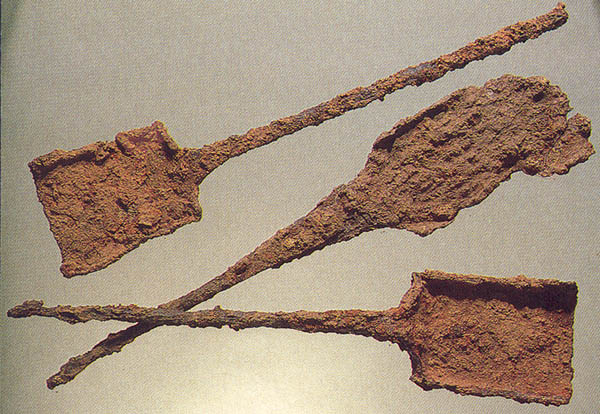Image Details

Courtesy Hebrew Union College-Jewish Institute of Religion
Iron incense shovels (
Leviticus 16 describes how such shovels were to be used by the high priest in the Temple on the Day of Atonement (Yom Kippur): “He shall take a panful of glowing coals scooped from the altar before the Lord, and two handfuls of finely ground aromatic incense, and bring this behind the curtain [hung before the Ark of the Covenant]. He shall put the incense on the fire before the Lord, so that the cloud from the incense screens the cover that is over [the Ark of] the Pact, lest he die” (Leviticus 16:12–13).
